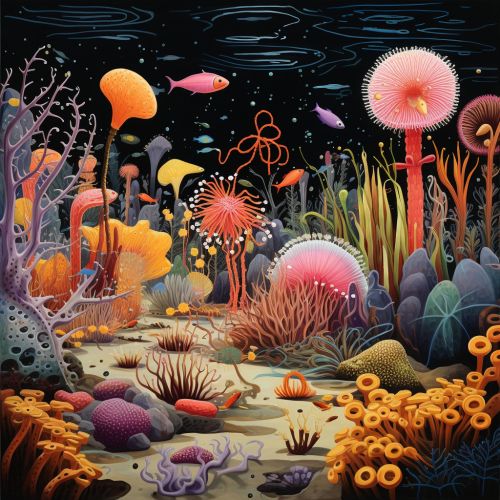The Role of Metagenomics in Microbial Ecology
Introduction
Metagenomics is a subfield of microbiology that focuses on the study of genetic material derived directly from environmental samples. This approach allows for the analysis of microbial communities without the need for individual culture of organisms, providing a more comprehensive understanding of microbial diversity and function. Metagenomics has revolutionized the field of microbial ecology, enabling scientists to study and understand the complex interactions and dynamics of microbial communities in their natural environments.
Metagenomics: An Overview
Metagenomics involves the extraction and sequencing of DNA directly from environmental samples, which can range from soil and water to the human gut. The resulting data provides a snapshot of the microbial community present in the sample, including both culturable and non-culturable organisms. This approach bypasses the need for individual culture of organisms, which has traditionally limited our understanding of microbial diversity. Metagenomics thus provides a more complete and accurate picture of microbial communities and their functions.


Role in Microbial Ecology
Microbial ecology is the study of the interactions and dynamics of microbial communities within their environments. Metagenomics has greatly enhanced our understanding of microbial ecology by providing a tool to study microbial communities in a more comprehensive and unbiased manner.
Community Structure and Diversity
One of the key roles of metagenomics in microbial ecology is in the assessment of microbial community structure and diversity. Traditional culture-based methods are limited in their ability to capture the full diversity of microbial communities, as many microbes are not easily cultured in the laboratory. Metagenomics overcomes this limitation by allowing for the direct analysis of environmental DNA, providing a more accurate representation of microbial diversity.


Functional Analysis
In addition to providing information on community structure and diversity, metagenomics also allows for the analysis of the functional potential of microbial communities. This is achieved through the annotation and analysis of the metabolic pathways encoded in the metagenomic data. This information can provide insights into the roles and activities of microbes within their environments, from nutrient cycling to disease pathogenesis.
Microbial Interactions
Metagenomics also plays a crucial role in the study of microbial interactions. By providing a comprehensive view of the microbial community, metagenomics allows for the analysis of co-occurrence patterns, which can provide insights into potential interactions between different microbial species. This information can help to elucidate the complex network of interactions that shape microbial communities and their functions.


Challenges and Future Directions
Despite the many advantages of metagenomics, there are also several challenges associated with this approach. These include issues related to data analysis and interpretation, as well as technical challenges related to DNA extraction and sequencing. However, ongoing advancements in sequencing technologies and bioinformatics tools are expected to continue to drive the field forward.
Looking to the future, metagenomics is likely to continue to play a critical role in microbial ecology. The continued development and application of metagenomic approaches will enable more detailed and accurate studies of microbial communities, providing insights into their roles in various environmental processes and their responses to environmental change.


